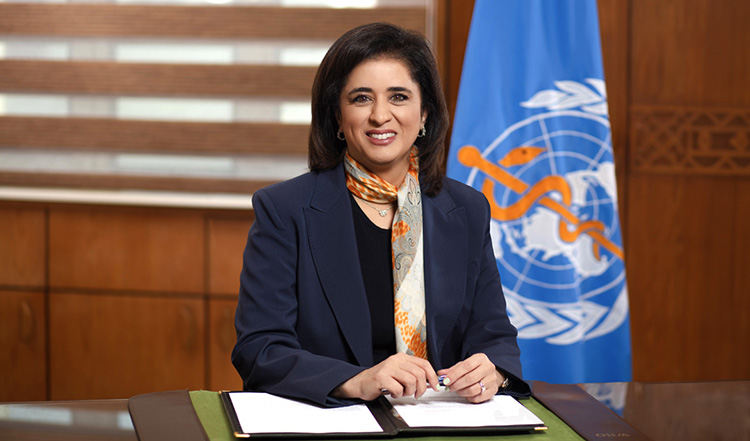
Women’s Health and Gender Equality: Essential Elements for a Better Future
Every year on the 8th of March, we mark International Women’s Day, and the entire month of March is dedicated to recognizing women’s achievements and advances despite numerous challenges.
This year’s theme is “Invest in women: Accelerate progress”, a call which is crucial that we embrace during these times of uncertainty.
In a world confronted with manifold emergencies and crises, investing in women is more vital than ever. We need to invest in women’s and girls’ empowerment, health and well-being in all areas of life. This includes recognizing and investing in their roles as leaders, peacekeepers, service providers and key contributors to families and communities. This is the only way to secure prosperous and just societies, and a better future for all.
Life expectancy among women in the countries of the Eastern Mediterranean Region ranges between 57 and 82 years, a shocking 25-year difference. Moreover, life expectancy serves as a proxy indicator for women’s health in general, which has been severely impacted by the many crises in the Region. We need to ensure that more funding and programmes are earmarked for women’s health, especially during times of insecurity and emergencies. There is no progress without healthy citizens.
It is well documented that during emergencies, gender-based violence increases, and maternal and reproductive health services are compromised. It is estimated that when disaster strikes, women and children are up to 14 times more likely than men to die. Women’s active participation in efforts to prepare for and respond to disasters needs to be increased. We must ensure that our emergency preparedness and response efforts are not gender blind.
When we think about women’s health, we need to look at it holistically across the life cycle. Only in this way, can we design, promote and implement health programmes that will address women’s needs comprehensively. Addressing women’s health also requires breaking away from vertical programming and embracing collaboration within and between sectors. Such an approach is critical to achieving the Sustainable Development Goals and WHO’s vision of Health for All.
The future depends on our actions today. By reducing gender inequalities, improving the health and well-being of women and girls, and advancing their socioeconomic status and inclusion, we enhance our societies. When we invest in women, we invest in progress, peace and prosperity for everyone, everywhere.


